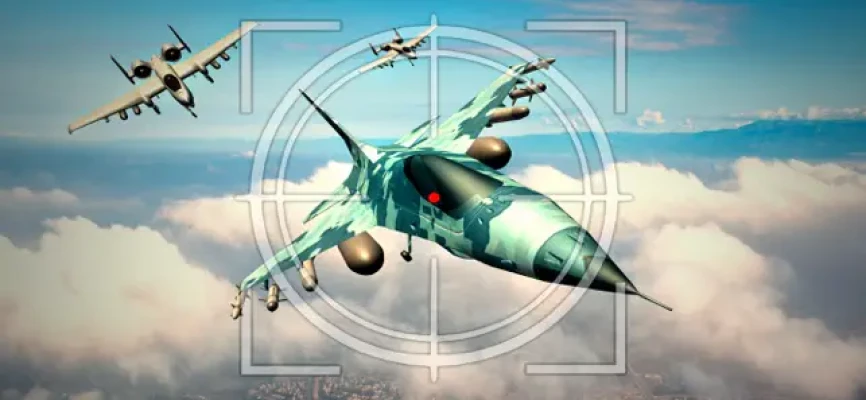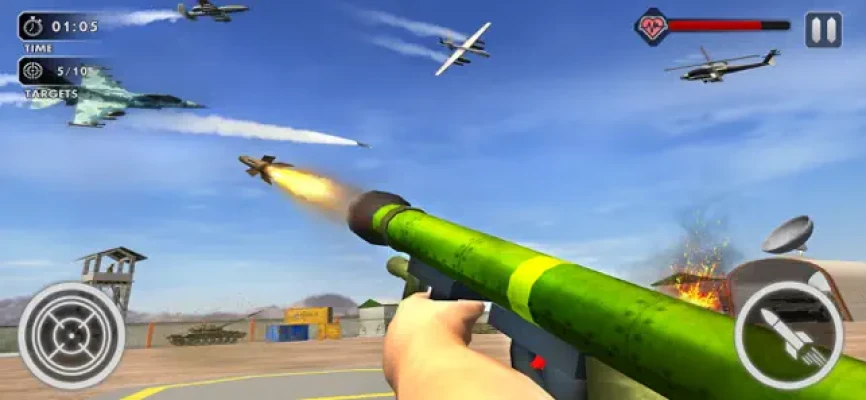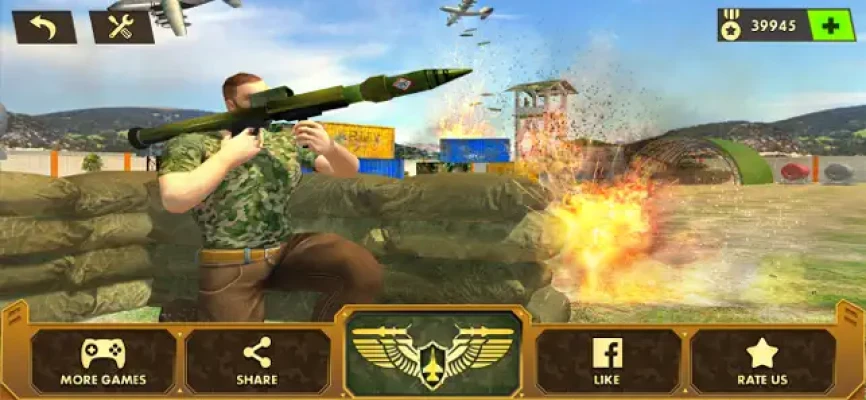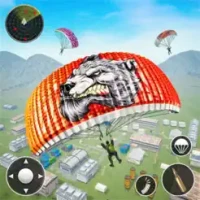
Latest Version
1.1
April 11, 2025
Squad Cell
Games
iOS
202.8 MB
0
Free
Report a Problem
More About Airplane Sky Shooter Game 2020
Mastering Anti-Aircraft Warfare: A Guide to Dominating the Skies
In the realm of military strategy, the ability to effectively counter aerial threats is paramount. This article delves into the intricacies of operating powerful anti-aircraft missiles, designed to neutralize enemy aircraft and safeguard your base from aerial assaults. Whether you are a seasoned strategist or a newcomer to military tactics, understanding the mechanics of anti-aircraft warfare is essential for maintaining air superiority.
The Importance of Anti-Aircraft Systems
Anti-aircraft systems play a crucial role in modern warfare. As enemy forces deploy advanced aircraft, the need for robust defense mechanisms becomes increasingly vital. These systems not only protect ground troops but also ensure the safety of critical infrastructure. By mastering the use of anti-aircraft missiles, you can significantly enhance your operational effectiveness.
Understanding Anti-Aircraft Missiles
Anti-aircraft missiles are designed to target and destroy enemy aircraft. They come in various types, each tailored for specific scenarios. Here are some key categories:
- Surface-to-Air Missiles (SAMs): These are launched from the ground and are effective against a range of aerial threats, including jets and drones.
- Short-Range Air Defense (SHORAD): Ideal for protecting troops and assets in close proximity, SHORAD systems can quickly engage low-flying aircraft.
- Long-Range Air Defense: These systems are designed to intercept high-altitude threats, providing a broader protective umbrella.
Strategies for Effective Engagement
To maximize the effectiveness of your anti-aircraft systems, consider the following strategies:
1. Situational Awareness
Maintaining situational awareness is critical. Utilize radar systems and reconnaissance to track enemy aircraft movements. Understanding the enemy's flight patterns allows you to anticipate their actions and respond effectively.
2. Coordinated Defense
Implement a coordinated defense strategy that integrates various anti-aircraft systems. By combining short-range and long-range capabilities, you can create a layered defense that is difficult for enemy aircraft to penetrate.
3. Target Prioritization
Not all enemy aircraft pose the same level of threat. Prioritize targets based on their capabilities and mission objectives. For instance, focus on eliminating bombers and reconnaissance aircraft before engaging fighter jets.
Executing Precision Strikes
Once you have identified and prioritized your targets, it’s time to execute precision strikes. Here’s how to effectively engage enemy aircraft:
1. Lock-On and Fire
Utilize your missile systems to lock onto the target. Ensure that you have a clear line of sight and that the missile is guided accurately to maximize the chances of a successful hit.
2. Adjust for Speed and Altitude
Enemy aircraft often maneuver at high speeds and varying altitudes. Adjust your targeting parameters accordingly to account for these factors. This may involve predicting the aircraft's trajectory and making real-time adjustments during the engagement.
3. Assess and Adapt
After each engagement, assess the outcome. Did the missile successfully hit the target? What can be improved for future engagements? Adapting your tactics based on real-time feedback is essential for continuous improvement.
Training and Preparation
Effective anti-aircraft operations require rigorous training and preparation. Here are some key components to consider:
- Simulation Exercises: Conduct regular simulation exercises to familiarize your team with the operation of anti-aircraft systems and improve response times.
- Realistic Scenarios: Train under realistic conditions that mimic potential combat situations. This prepares your team for the unpredictability of actual engagements.
- Continuous Learning: Stay updated on advancements in enemy technology and tactics. Continuous learning ensures that your strategies remain relevant and effective.
Conclusion: Dominating the Skies
Mastering anti-aircraft warfare is essential for any military operation. By understanding the capabilities of anti-aircraft missiles, implementing effective strategies, and committing to rigorous training, you can ensure the safety of your troops and infrastructure. Take charge of your defense systems, and be prepared to eliminate enemy aircraft, securing your position in the battlefield. With the right knowledge and skills, you can dominate the skies and protect your camp from aerial threats.
Rate the App
User Reviews
Popular Apps










Editor's Choice






























